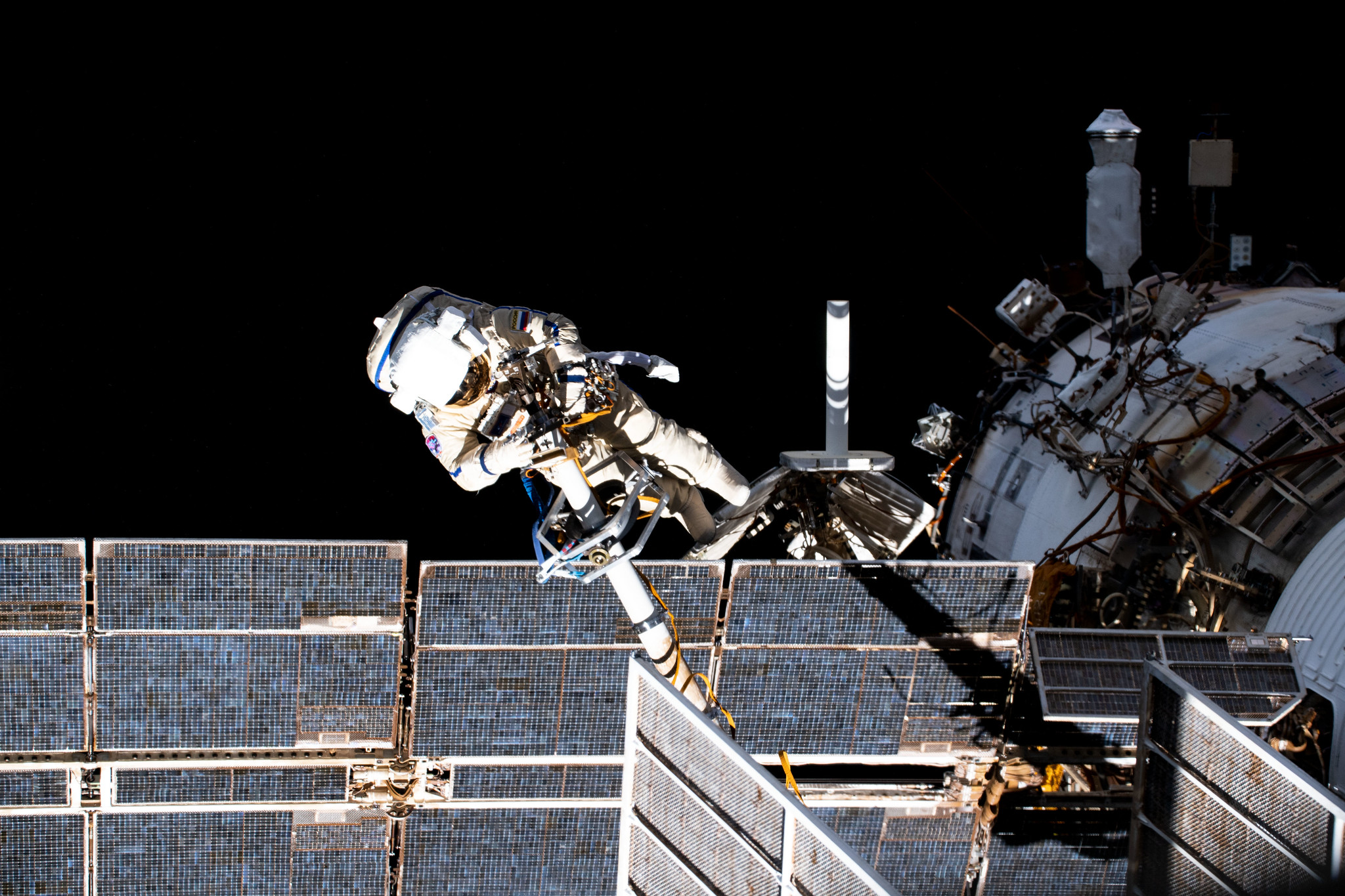New experiments could light way to deeper understanding of fire in space

- Country:
- United States
The Northrop Grumman Cygnus spacecraft carrying more than 8,300 pounds of science, cargo, and technology demonstrations will launch aboard the Antares vehicle from NASA's Wallops Flight Facility on Wallops Island, Virginia, today, Feb. 19, at 12:40 p.m. EST. Solid Fuel Ignition and Extinction (SoFIE) is one of the scientific investigations launching on this mission that could light the way to a deeper understanding of fire in space.
SoFIE consists of five investigations that will help NASA select materials and designs for spacesuits, cabins, and habitats and also help identify the best ways to put out fires or smoldering materials in space.
"SoFIE builds on NASA’s prior flammability research. Like other flame studies, this research will home in on how things ignite, burn, and are extinguished in space. It will provide a foundation for continuing human spaceflight beyond low-Earth orbit," says Lauren Brown, a project manager at Glenn.
The five experiments include:
Residence Time Driven Flame Spread (RTDFS)
The RTDFS experiment will investigate steady and unsteady flame propagation over solid fuels in a microgravity environment. Varying the thickness of the test materials helps scientists understand when a fire will grow or go out.
Narrow Channel Apparatus (NCA)
The NCA experiment will measure flame spread across thick, flat surfaces and compare the results with those from a device used on Earth to test the flammability of spaceflight materials.
Growth and Extinction Limit (GEL)
This experiment will concentrate on the flame growth, decay and extinction over the surface of a non-flat thick solid in microgravity and help improve understanding of how thick and round materials heat inside and how the air flow around a sphere affects flame spread.
Material Ignition and Suppression Test (MIST)
The MIST experiment consists of a small combustion wind tunnel, a cylindrical material sample, radiant heaters, an igniter, and supporting instrumentation.
Spacecraft Materials Microgravity Research on Flammability (SMuRF)
The SMµRF experiment will correlate normal gravity flammability test data with data under ventilated microgravity conditions.
The resulting data could help ensure safety for future space missions by improving design of extravehicular activity suits, informing selection of safer cabin materials, and helping to determine the best techniques for suppressing fires in space.
(With inputs from NASA)










